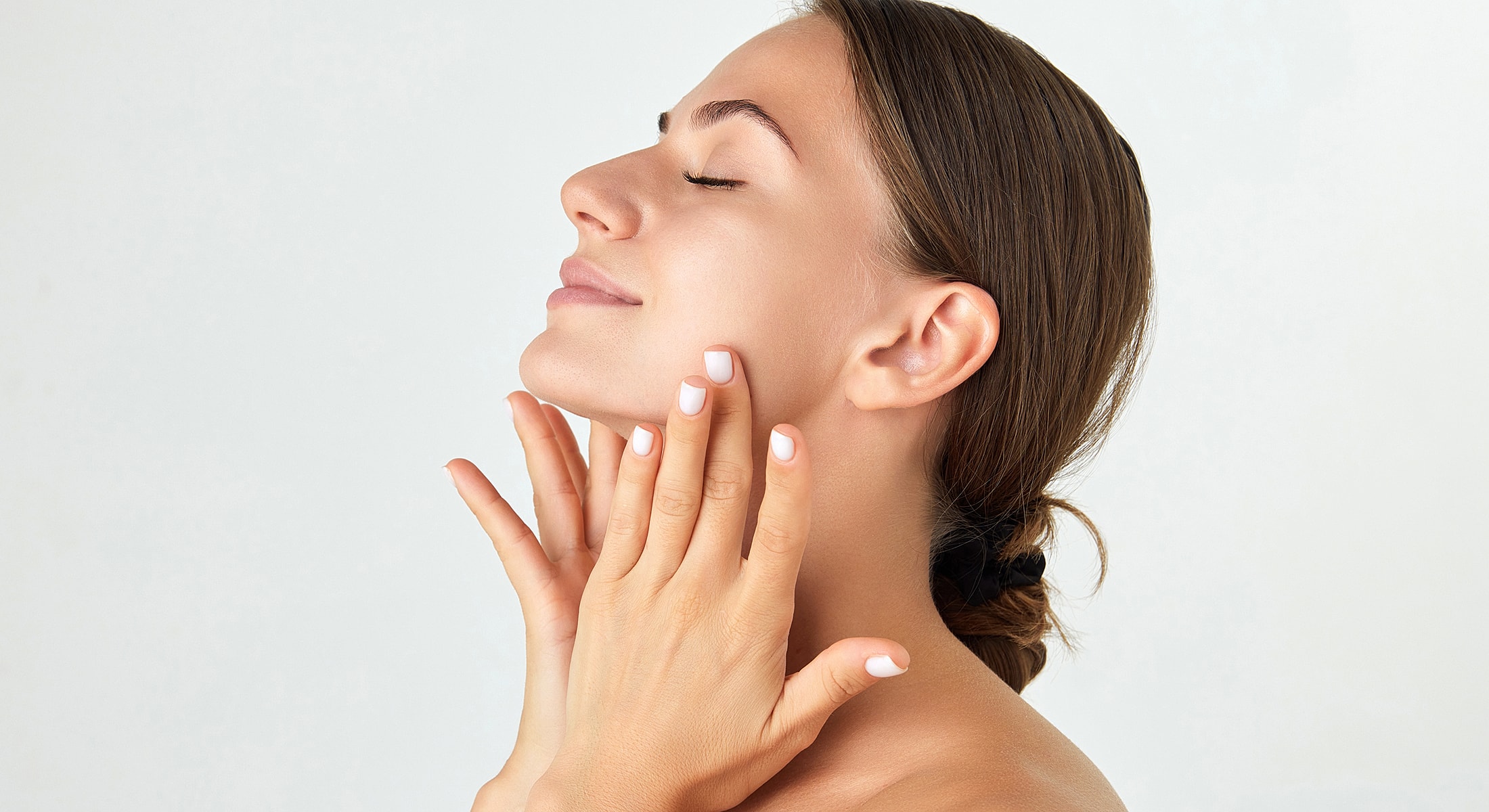Chemical Peels in Webster, TX


A chemical peel is a type of facial treatment that uses a chemical solution to improve the appearance of your skin by removing the damaged outer layers. It helps to improve skin tone, texture, and wrinkles.

Sun-damage, fine lines and wrinkles, and uneven skin coloring can all be improved with chemical peels in Webster, TX. It can also help with acne.
Our Webster chemical peels do not improve very deep lines or wrinkles, tighten very loose skin, or remove deep scars.


Although chemical peels are used mostly on the face, they can also be used to improve the skin on your neck and hands.

There are a variety of peels that vary in strength, ingredients, and intended goal. Light chemical peels such as Alpha-hydroxy acids (AHA) treat the epidermis (outer skin layer) and stimulate collagen production.
These are very popular as they smooth out the skin, even out coloring and have a quick recovery. Most patients have mild redness and flaking for a few days. Make-up can usually be applied the same day. For best results, these peels are done on a regular basis. Deeper peels such as Tricloroacetic acid (TCA) affect both the epidermis and the dermis. They are used to treat more severe wrinkles and discoloration. Because of their depth, recovery is longer and peeling lasts for up to a week or more. Our specialists will help determine the ideal peel for you.


The process of having a peel is quite simple.
Your face will be cleansed. The chemical solution is brushed onto your skin and left on for a few minutes. You may feel some mild stinging but no anesthesia is required. The chemical peel is then washed off and neutralized. A soothing lotion is applied. There is no downtime and you may resume normal activities immediately.
For chemical peels Webster patients with very dark complexion, a history of abnormal scarring, and those who have recently used certain medications such as Accutane are not good candidates.

Chemical peels are usually a very safe procedures, however there are some risks. One risk is hyperpigmentation (brown spots).
This can usually be avoided by using sunscreen and avoiding sun exposure during the peeling phase. Though very rare, infection or scarring can also occur. Patients who have had cold sores (herpes) in the past are at risk of re-activation and should take medication prior to treatment. Those who have a history of keloids or any unusual scarring tendencies should avoid treatment or take extra precaution.
Starting at $275 per peel
A chemical peel is one of the most cost-effective ways to improve the appearance of your skin. Call today for specific pricing information. To learn more about one of the best treatments of chemical peels Webster, TX has to offer, call to schedule your complimentary consultation today! 281-506-0302
Your recovery from chemical peel treatment will depend on a few factors. Primarily, it’s the strength of your peel that will contribute to your recovery time. If you’re considering having a stronger peel that reaches deeper layers of your skin, talk to your provider about what to expect. Usually, it’s necessary to plan in advance for deeper peels, meaning you want to schedule your treatment with enough time to fully recover before an important event. You may al so want to schedule some time off work and other engagements if you’re seeking a deeper peel treatment. Keeping in mind that all people are different, you might expect the following if you have a deeper peel.
On the day of your deep chemical peel, your skin may feel tight and somewhat irritated. You might feel like you’ve been in the sun too long. Following your aftercare instructions, this side effect should ease within a few days.
For two to four days after a stronger peel, your skin may feel dry and tight. Your skin might start to crust, and will then begin to flake and peel. This can continue for up to seven days, with flaking and peeling gradually progressing across the entire area that’s been treated.
Between days four and seven of your recovery from a medium to a strong chemical peel, areas of sun damage and discoloration may look darker than normal, making them more pronounced. These areas will lighten as flaking continues and healthy new skin cells emerge.
If your peel is lighter, the flaking process may be complete within about seven days. If your peel is more comprehensive, you can expect up to two weeks of roughness, flaking, darkening, and peeling. Your skin may also look slightly pink and feel tender for a short time due to the sensitivity of healthy new cells.
If you schedule a light chemical peel, you might simply take the rest of the day off and plan to resume normal activities the following day.

Depending on the peel treatment that you select, you may receive detailed aftercare instructions that outline how to manage side effects like redness and stinging and how to care for your skin to achieve the best cosmetic results. Some of the general guidelines to follow after undergoing chemical peel treatment include:
Chemical peels remove the damaged outer layers of skin, resulting in smoother, younger-looking skin. It can help lessen the appearance of mild facial wrinkles and skin irregularities in pigmentation or texture, including acne scars.


Mild redness, dryness, and skin flaking lasts just under a week
Soften fine lines, even skin tone, smooth texture, reduce sun damage or age spots, decrease acne and acne scarring. Some patients may need multiple peels to obtain desired results.

Please schedule a consultation with Dr. Carpin to discuss if you are a candidate, and to review the risks, benefits, alternatives, and expected outcomes of the procedure. Dr. Carpin performs chemical peels for patients in Houston, League City and Clear Lake, TX and surrounding areas, including Friendswood, Pasadena, Kemah, Seabrook and Galveston. Call 281-506-0302 or click here to send our team an appointment request form. Our practice looks forward to serving you!